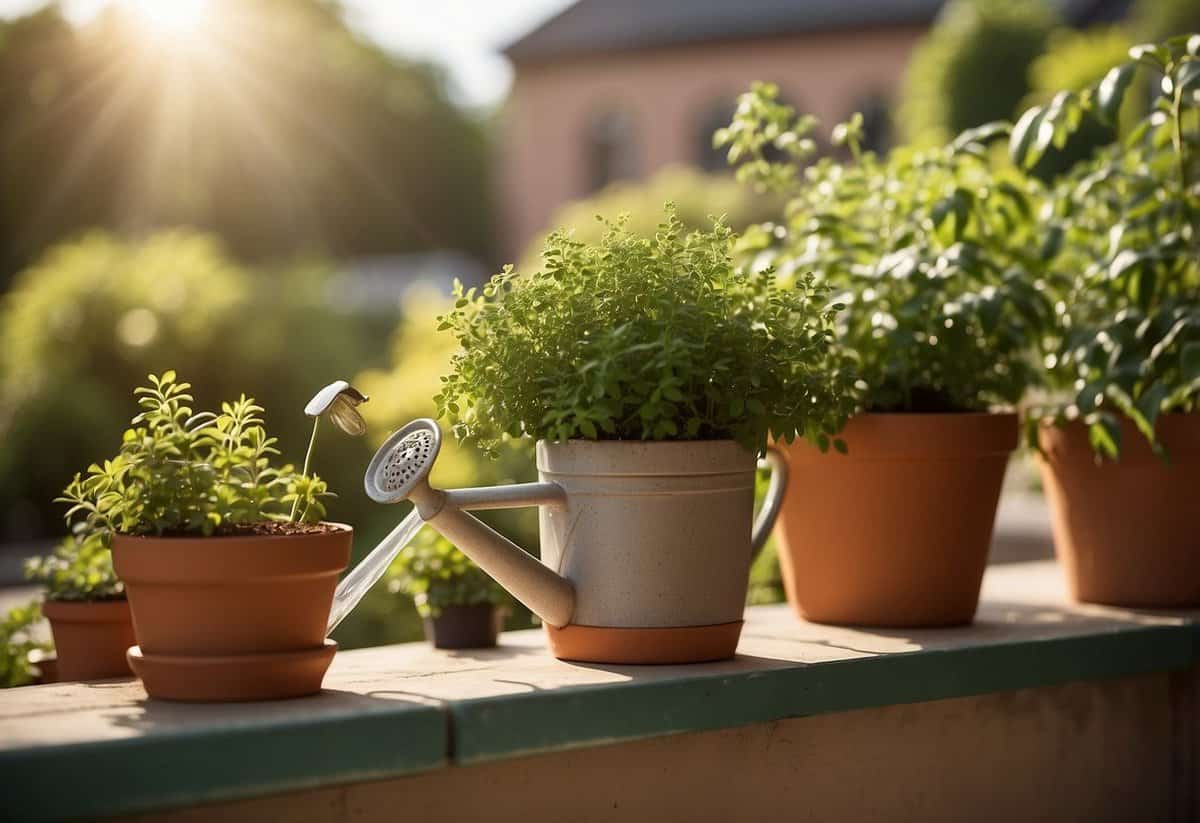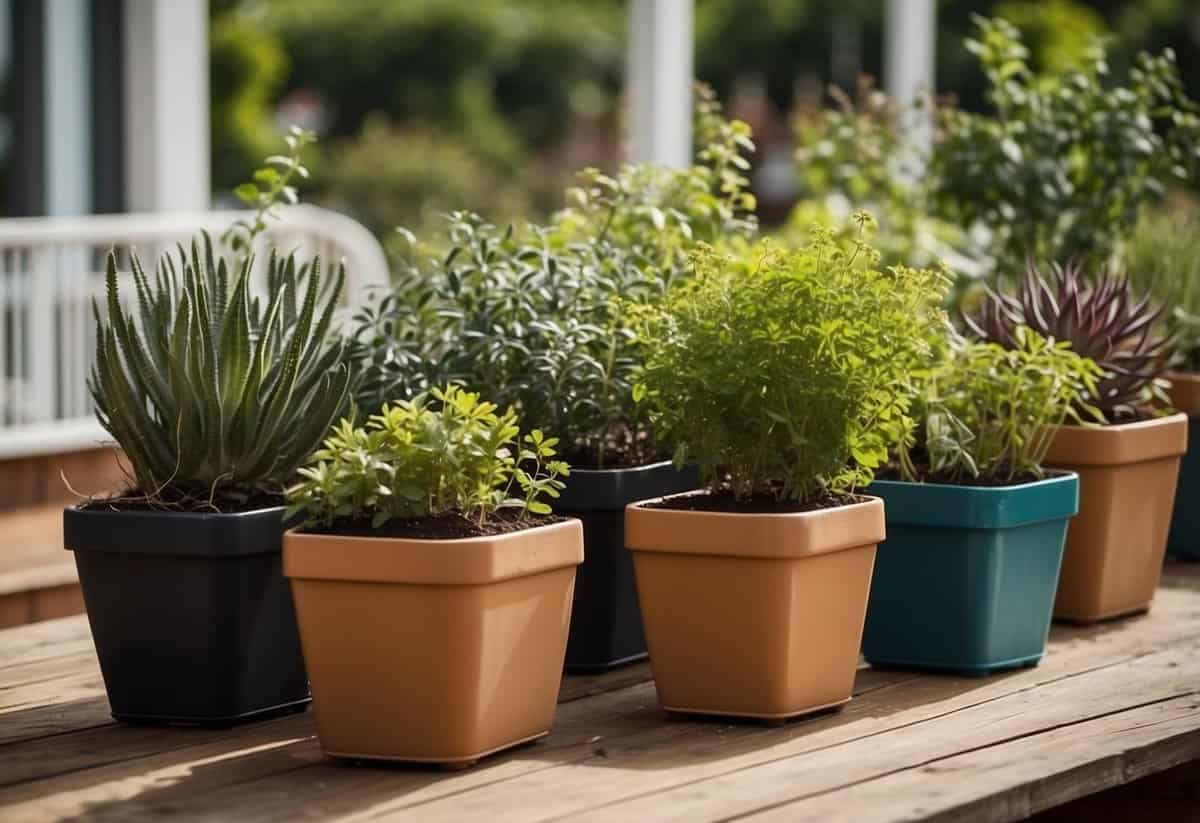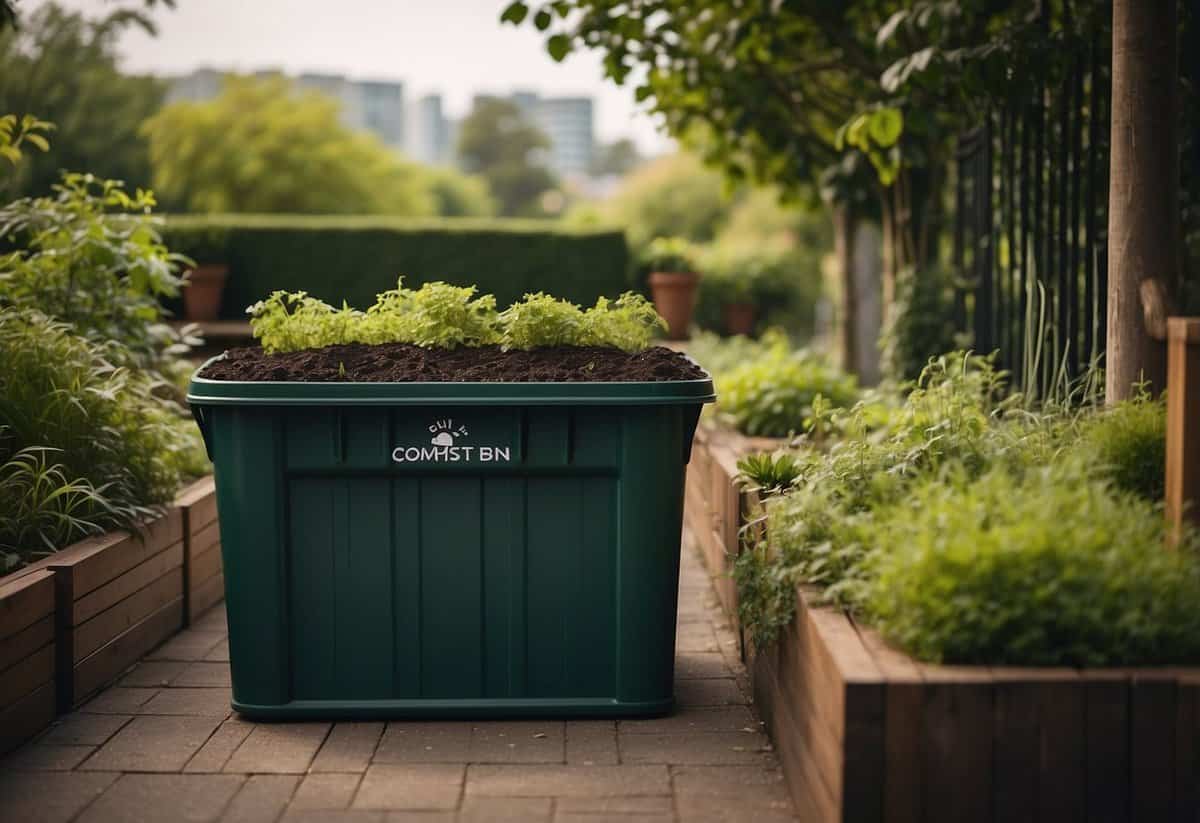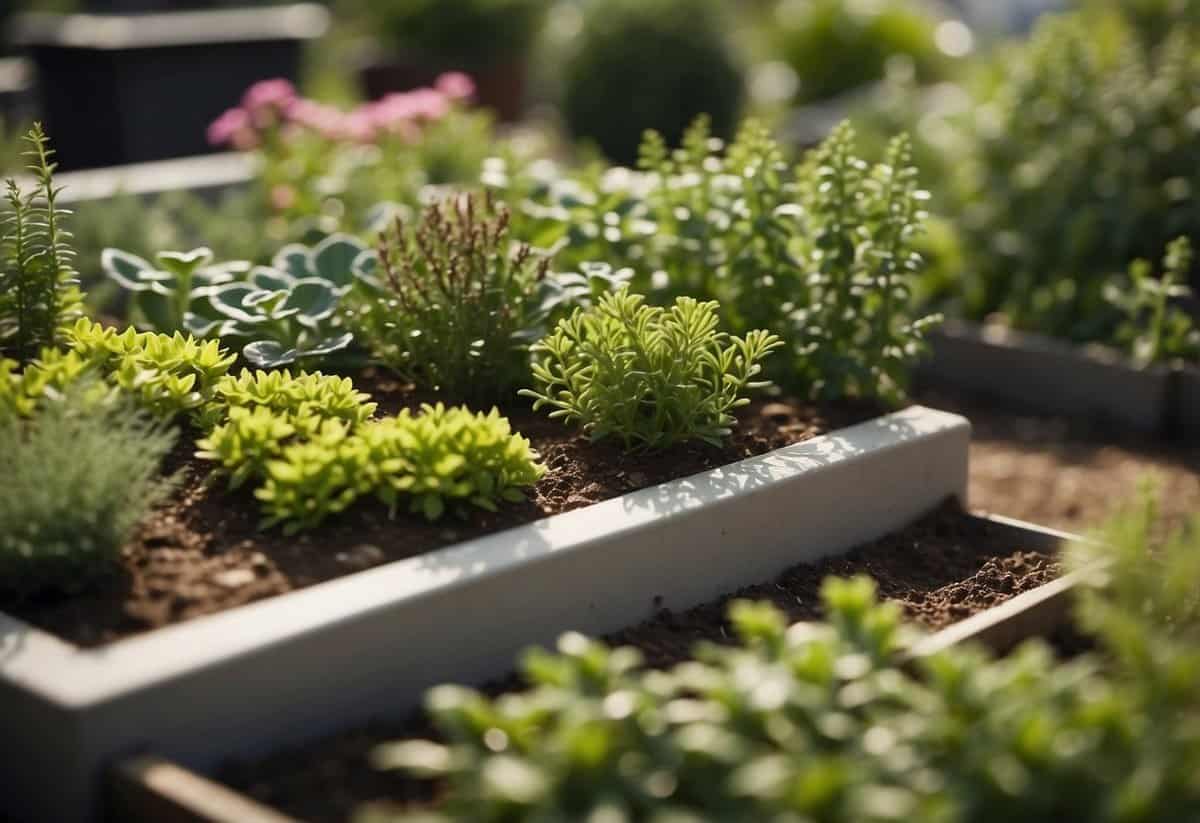Terrace Garden Tips: Boost Your Urban Oasis Effortlessly
Creating a terrace garden is a delightful way to bring greenery into your life, whether you live in a bustling city or a quiet suburb. Plants not only enhance the beauty of your space but also offer a relaxing environment and even fresh produce for your kitchen.

What tips can help you build a thriving terrace garden? From selecting the right plants to arranging them in a way that maximizes space and sunlight, there are several key factors to consider. This guide will help you start and maintain a beautiful and productive terrace garden that suits your lifestyle.
1) Choose Compact Plants

Picking compact plants for your terrace garden is a smart choice. Small plants save space and make your garden look neat and organized.
Dwarf varieties are perfect for this. They don’t grow too large and fit well in containers or small planters.
Using vertical gardening techniques, like trellises and hanging baskets, can also help maximize space with compact plants.
2) Use lightweight containers

Using lightweight containers makes gardening easier. They are easier to move around, so you can rearrange your plants as needed.
Materials like plastic, fiberglass, and resin are good choices. These containers are durable and suit various styles, including modern and traditional.
Lightweight containers also reduce the risk of damaging your terrace. They are less likely to crack or break under the weight of soil and plants. For more ideas, check out these container gardening tips.
3) Maximize Vertical Space

To make the most of your terrace garden, think vertically. Using stackable planters, you can save space and create more room for your plants. These planters come in various colors and are perfect for growing vegetables or flowers.
Another idea is to create a living wall. Hanging planters or attaching pots to a wall can make a beautiful green display. For example, you can use green walls for herbs or small plants. This way, you can enjoy a lush garden without taking up too much ground space.
4) Install a drip irrigation system

One of the best ways to keep your terrace garden hydrated is by installing a drip irrigation system. This method saves water and ensures your plants get the right amount of moisture.
First, connect the header to your water source using a garden hose. Make sure the connection is secure and leak-free.
Next, lay out the drip lines on the surface of your garden. Avoid burying the lines to prevent damage from rodents. Cut the drip tubing to the desired lengths and attach them to connectors.
Drip irrigation systems are simple to set up and make gardening easier.
5) Add a Compost Bin

Adding a compost bin to your terrace garden is a fantastic way to enrich your soil. Compost bins can turn kitchen scraps and garden waste into nutrient-rich compost.
Place the bin in a sunny spot on your terrace. Make sure it’s easily accessible for adding materials and for getting the finished compost.
Use a mix of “greens” like vegetable scraps and “browns” like dry leaves. This combination helps break down the materials efficiently. Keep the compost moist but not too wet – it should feel like a damp sponge.
6) Select the right soil mix

Choosing the right soil mix is crucial for your terrace garden. Healthy soil ensures your plants grow well.
Use a high-quality potting mix. It should be lightweight and provide good drainage. A mix of garden soil, compost, and perlite or vermiculite works great.
Consider adding cocopeat. It helps retain moisture and improves aeration. This makes sure your plants get enough water and air. Learn more about this option here.
7) Incorporate companion planting

In your terrace garden, mixing the right plants together can keep pests at bay and boost growth.
Garlic and potatoes are a great pair. Garlic acts as a natural insecticide, protecting potatoes from pests like aphids.
Try planting carrots and onions together. Onions deter carrot flies while carrots help aerate the soil for onions.
Using these companion planting techniques can make your terrace garden thrive.
8) Opt for dwarf fruit trees

Dwarf fruit trees are perfect for terrace gardens. They take up less space and are easier to manage.
You can choose from many types of dwarf fruit trees like apples, peaches, pears, and citrus. These trees can be grown in pots and moved around as needed.
Picking dwarf fruit trees means you can enjoy fresh, home-grown fruit even in small spaces. It’s an excellent way to make your terrace garden both beautiful and productive.
9) Utilize Hanging Baskets

Hanging baskets are great for adding color and style to your terrace garden. By using these baskets, you can maximize space and create a beautiful, lush environment.
Choose the right plants for hanging baskets, like strawberries or flowers that trail over the edge. Make sure you use good quality compost and potting mix.
Regularly water and fertilize your baskets to keep plants healthy and ensure they thrive. For more tips, you can check out Garden Gate’s hanging basket hacks.
10) Employ pest control methods

Pests can be a big problem in terrace gardens. Early detection is key. Regularly inspect your plants for signs of pests.
Use organic methods whenever possible. Neem oil, insecticidal soap, and sticky traps are great options. Consider companion planting to keep pests away.
Introducing natural predators like ladybugs can also help. They eat harmful insects and keep your garden healthy.
Designing Your Terrace Garden

To create an enjoyable and beautiful terrace garden, you need to focus on selecting the right plants and carefully planning the layout. This ensures your garden is both functional and visually appealing.
Choosing The Right Plants
When selecting plants for your terrace garden, consider factors like sunlight, wind exposure, and available space. Sun-loving plants like tomatoes and peppers require full sunlight, while shade-loving plants like ferns and hostas thrive in less direct light.
Use potted plants to add flexibility. You can move them around as needed to find the best light and protection from wind. It’s also helpful to choose plants with different height and texture to create an interesting visual effect. Succulents, herbs, and flowering plants can all be great options depending on your climate and preference.
Layout and Aesthetics
Start by deciding the focal point of your terrace garden. It could be a large potted tree, a water feature, or a seating area. Arrange your plants around this focal point to draw attention and create harmony.
Vertical gardening techniques like hanging pots or trellises can save space and add layers. Incorporate paths or stepping stones for easy access to various sections. Raised beds can define the planting areas and make maintenance easier. Use a mix of materials like wood, stone, and metal to add variety and balance to your design.
Pay attention to color. Combine plants with different foliage and flower colors to make your garden stand out. Adding garden ornaments or lighting can enhance the overall feel, making your terrace a beautiful and relaxing spot.
Essential Gardening Tips

Creating a thriving terrace garden involves proper watering, using the right soil, and controlling pests. Following these basics will help ensure that your plants remain healthy and vibrant.
Watering Techniques
Watering your terrace garden correctly is crucial. Overwatering or underwatering can harm your plants. Use a watering can with a fine rose to evenly distribute water and avoid damaging delicate plants. Check the soil moisture regularly by sticking your finger about an inch into the soil. If it feels dry, it’s time to water.
Morning is the best time to water your plants as it allows any excess moisture to evaporate throughout the day. For busy individuals, consider using self-watering containers or drip irrigation systems which can help maintain consistent moisture levels.
Soil and Fertilization
The success of your terrace garden depends a lot on the quality of soil you use. Choose a light, well-draining potting mix tailored for container gardening. Using a mix enriched with compost and organic matter can provide essential nutrients to your plants.
To ensure your plants get enough nutrients, use a balanced fertilizer. You can apply a liquid fertilizer every two weeks or a slow-release granular fertilizer once every few months. Adding Nathan Coir Cocopeat can improve water retention and aeration in your soil.
Pest Control
Keeping pests away is vital for a healthy garden. Regularly inspect your plants for signs of pests like discolored leaves or holes. Handpick larger pests such as caterpillars and snails.
For smaller pests like aphids, you can use a homemade solution of water and mild soap. Spray this mixture on the affected plants once a week. Introducing beneficial insects like ladybugs can naturally reduce pest populations. Creating barriers, such as using netting, can also protect your garden from larger insect invasions. Regularly clean and maintain your garden to prevent pests from establishing a foothold.







